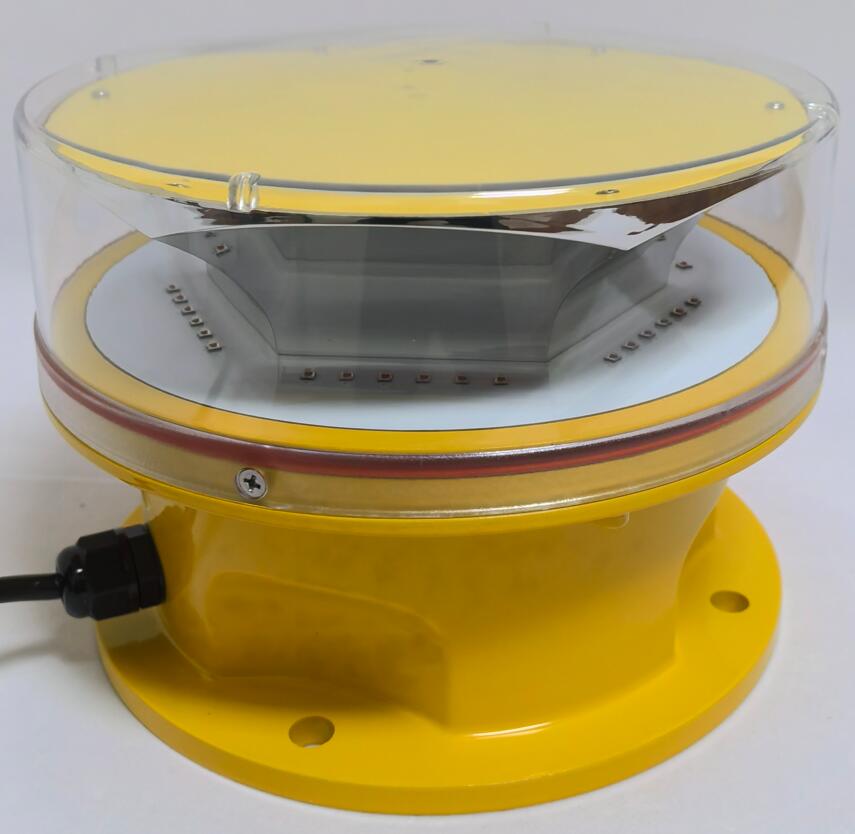Aviation Obstruction Light Price: Factors, Trends, and Cost-Effective Solutions
Aviation obstruction lights are critical safety devices installed on tall structures—such as towers, wind turbines, and skyscrapers—to prevent collisions with aircraft. The aviation obstruction light price varies significantly based on technology, regulatory compliance, and application requirements. This article explores key factors influencing costs, market trends, and how businesses can balance safety with budget considerations.
Why Aviation Obstruction Lights Are Essential
Obstruction lights serve two primary purposes:
Preventing Mid-Air Collisions – High-intensity lights make structures visible to pilots, especially at night or in poor weather.

Regulatory Compliance – Aviation authorities (FAA, ICAO, EASA) mandate their use on structures exceeding certain heights.
Failure to install compliant lighting can result in fines, increased liability, and safety risks.
Key Factors Affecting Aviation Obstruction Light Price
1. Light Type and Intensity
Low-Intensity (L-810) – Suitable for structures under 150 ft, typically the most affordable.
Medium-Intensity (L-864, L-865) – Required for structures between 150-500 ft; higher cost due to brighter LEDs.
| Aviation Obstruction Light Price |
High-Intensity (L-856, L-857) – Used for structures over 500 ft; most expensive due to powerful strobes and long-range visibility.
2. Power Source and Energy Efficiency
Solar-Powered Lights – Higher upfront cost but lower long-term expenses (no wiring needed).
AC/DC-Powered Lights – Lower initial price but require electrical infrastructure.
LED vs. Incandescent – LED lights cost more initially but last longer and consume less power.
3. Durability and Weather Resistance
Lights designed for extreme conditions (arctic cold, desert heat, or marine environments) often have a higher aviation obstruction light price due to ruggedized materials.
| Aviation Obstruction Light |
4. Smart Features and Automation
Remote Monitoring – Lights with IoT connectivity for fault detection cost more but reduce maintenance.
Automatic Brightness Adjustment – Sensors that adapt to ambient light conditions increase pricing.
5. Certification and Compliance
Lights meeting FAA, ICAO, or EASA standards are more expensive than non-certified alternatives, but non-compliant options risk legal penalties.
Current Market Trends Influencing Prices
1. Rising Demand for Solar-Powered Solutions
With growing emphasis on sustainability, solar-powered obstruction lights are becoming more popular, despite their higher initial cost.
2. Shift Toward LED Technology
LEDs dominate the market due to their efficiency and lifespan, but prices vary based on brand and quality.
3. Increased Use of Wireless Monitoring
Smart aviation obstruction lights with remote diagnostics are gaining traction, adding to costs but improving reliability.
4. Global Supply Chain Factors
Material shortages and logistics challenges can cause price fluctuations in the aviation obstruction light market.
How to Choose Cost-Effective Aviation Obstruction Lights
Assess Regulatory Requirements – Ensure compliance without overpaying for unnecessary features.
Compare Total Ownership Cost – Cheaper upfront options may have higher maintenance expenses.
Prioritize Energy Efficiency – LED and solar options reduce long-term operational costs.
Consider Future-Proofing – Investing in smart lights may save money on inspections and repairs.
The aviation obstruction light price depends on multiple factors, including technology, durability, and regulatory standards. While high-quality, certified systems may have a higher initial cost, they offer long-term savings and enhanced safety. Businesses should evaluate their specific needs, compare options, and invest in reliable solutions to ensure compliance and protect airspace safety.
By understanding pricing dynamics, stakeholders can make informed decisions that balance cost, efficiency, and regulatory requirements in aviation obstruction lighting.
